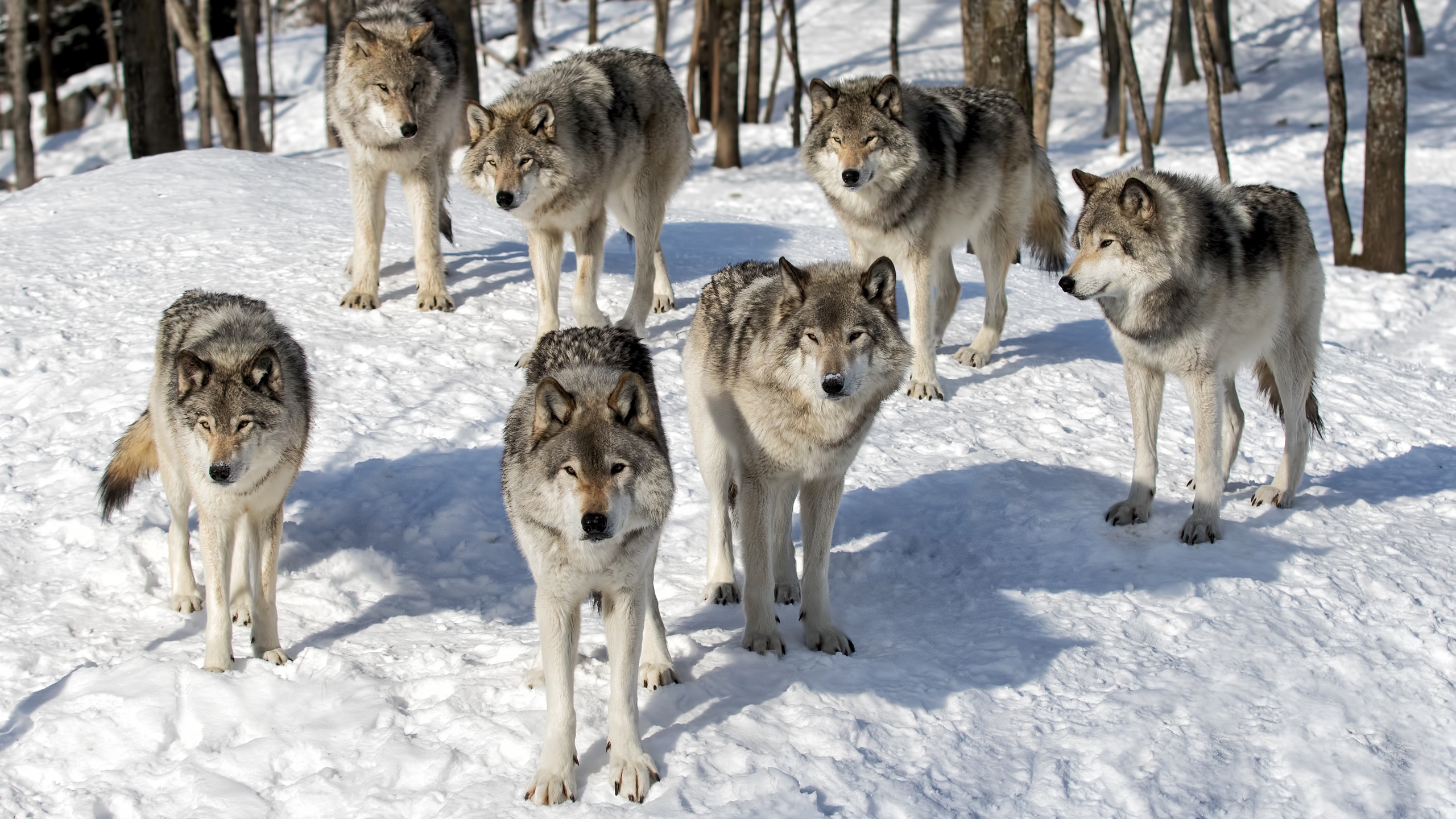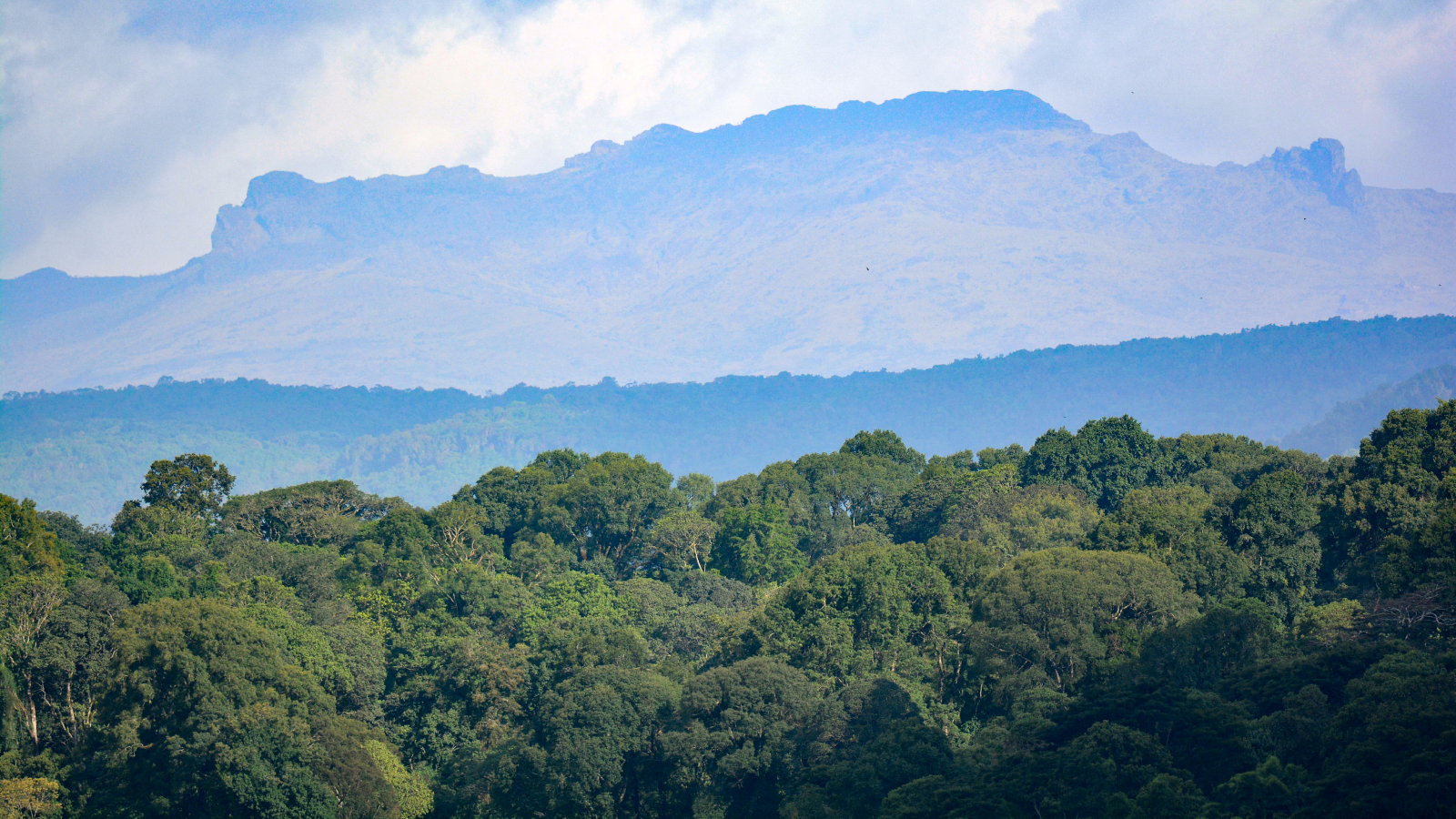Do wolves wag their tails?
The answer is pretty cute.

Dog owners are used to coming home to ecstatic, tail-wagging pooches. Tail wagging is common in our canine companions, but did they pick it up just for us, or do wolves, their wild ancestors and modern-day relatives, also get their waggle on?
The short answer is that yes, wolves wag their tails. "Most of the time, you see them wag their tails with so-called greeting behavior," Sarah Marshall-Pescini, a senior researcher at the domestication lab in the Konrad Lorenz Institute of Ethology at the University of Veterinary Medicine, Vienna in Austria, told Live Science. "Greeting behaviors are effectively behavior shown mostly by subordinate individuals towards dominant individuals, and particularly during reunions after separation."
Wolves don't always stay in their packs and may split off into smaller hunting units or even just wander off by themselves. The tail wagging and other greeting behaviors emerge when they reunite, so it's similar to what dogs do with humans and other dogs, Marshall-Pescini said.
Related: Do animals hug each other?
Wolf packs typically include a male-female breeding pair that leads its offspring and nonbreeding adults, according to the U.S. National Park Service. Tail wagging during greetings is one of many ways wolves communicate their status in the pack.
A wolf keeps its tail low and wags quite rapidly to show subordination. Dominant and subordinate behaviors like this are easy ways to show which wolf has priority access to resources, such as food. "Ultimately, it avoids conflicts," Marshall-Pescini said. "It is a way to clearly define each other's roles and not have to argue about things every time that they come up."
The breeding male and female are the highest-ranking members of the pack, and the rest of the hierarchy is determined by age, with the older offspring above the younger offspring. Marshall-Pescini explained that the family dynamics are similar to those of human families in some ways. "I think if you ask any younger [human] sibling, they will say, 'Oh yes, my older brother is definitely the dominant [one] in the family.' And it is the parents that have to sort of negotiate the sharing of resources."
Get the world’s most fascinating discoveries delivered straight to your inbox.
Where does tail wagging come from?
Wolves' tail wagging is normally combined with lip licking, in which a subordinate wolf tries to lick the lips of a more dominant wolf. These behaviors start when wolves are puppies. In wolf society, the adults and older siblings leave the puppies behind to go hunting. The puppies then greet the older wolves upon their return.
"What you will see is this horde of puppies running towards the adults and showing this greeting behavior — so this low tail wagging and this lip licking," Marshall-Pescini said. But it's not just to show status; the lip licking plays a role in how the puppies get fed.
From 3 weeks of age, wolf puppies stop relying so much on their mother's milk and start eating meat regurgitated by adult members of the pack, according to the International Wolf Center in Minnesota. Lip licking involuntarily elicits a regurgitation behavior in adult wolves, so the greeting behavior helps the puppies get a meal. Wolf pups make the switch from regurgitated meat to regular meat when they are about 6.5 weeks old, according to the University of Michigan's Animal Diversity Web, but continue doing the lip licking and tail wagging greeting behaviors to show status.
Rather than running up to their more dominant pack members as wolves do, domestic dogs wag their tails to greet humans and often try to lick our faces instead, unless we train it out of them. "The dogs learned that, OK, the face licking maybe is not appreciated, and we kind of remove it. But they definitely still have all sorts of greeting behaviors, including the tail wagging," Marshall-Pescini said.
Originally published on Live Science.

Patrick Pester is the trending news writer at Live Science. His work has appeared on other science websites, such as BBC Science Focus and Scientific American. Patrick retrained as a journalist after spending his early career working in zoos and wildlife conservation. He was awarded the Master's Excellence Scholarship to study at Cardiff University where he completed a master's degree in international journalism. He also has a second master's degree in biodiversity, evolution and conservation in action from Middlesex University London. When he isn't writing news, Patrick investigates the sale of human remains.



